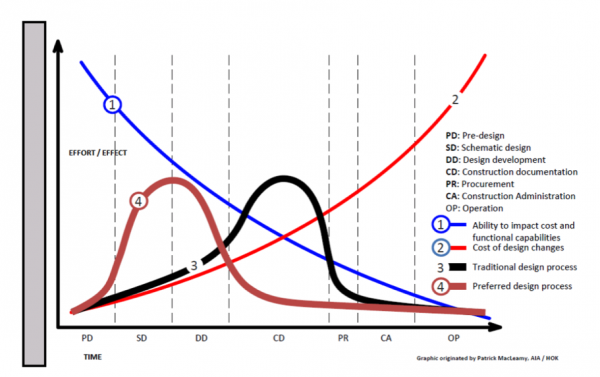In recent times, we have been approached by a number of installers of passive fire products to provide evidence of compliance for penetration seals using Boss FireMastic HPE sealant in a single layer of 13mm plaster board.
Traditional Installation Methodology
In the past it has been tradition to fix a patch of an additional layer of plasterboard to a wall around a penetration seal, in order to achieve the depth of sealant necessary for compliance (i.e. minimum 25mm depth required, so two layers of 13mm plasterboard are used).
If the tested system requires a depth of seal of 20mm for a linear gap seal and the fire rating of a plasterboard wall necessitates the use of a 19mm thick plasterboard to achieve the minimum fire rating, then there is an issue with compliance when the sealant used has been tested using a 20mm deep seal.
It is quite simple. This is not compliant with the NZBC requirements.
NZBC Requirements
All fire stops shall be tested (C5.1.2). Fire stops and methods of installation shall be identical to those of the prototype used in tests to establish the FRR (Acceptable Solution C/AS4 section 4.4.3).
Tested Products that Meet the NZBC Requirements
When a superior High Pressure Expanding Mastic product has been tested to AS1530.4 in a single layer of 13mm plasterboard on a specific service (like an air conditioner pair-coil bundle for example), then it must be accepted as being compliant with the NZBC.
It stands to reason that the NZBC has set a minimum requirement for compliance and therefore any and all products meeting this requirement should be accepted as being compliant with the NZBC.
Product Superiority
There are products in the market creating a paradigm shift in the thinking of the 'old guard' installers of passive fire products. These innovative products are creating an awareness in the ranks of quantity surveyors, project managers and compliance-conscious main contractors, that there are other less labour intensive ways of achieving compliance with the NZBC.
New Zealand is not leading the way when it comes to adopting international award-winning product innovations in the arena of passive fire protection. The passive fire industry in NZ appears to be stuck in its ways and reluctant to embrace new superior, internationally-recognised products.
The cost of compliant passive fire protection should be considered on the basis of the total cost of supply and installation, and not on the cost of the passive fire product in isolation.
Specification is the Answer
When it is left to installers of passive fire stopping to specify the penetration seal, their favourite option is the most labour intensive option.
The incorporation of a plasterboard patch to achieve the required depth of seal for compliance is preferred by the installer to using an innovative product option — because it is the most labour intensive solution, not because it is the most cost-effective compliant solution.
When the architect specifies the use of a cost-effective, compliant passive fire product/solution, the PS2 locks in the specification and the control of the cost is awarded to the quantity surveyor.
Variation orders requested by the passive fire stopping installers are reduced and the overall cost of passive fire protection on a specific project suddenly becomes more predictable.
The trick is in the timing of the involvement of passive fire specialists.
The earlier we are engaged in the concept design phase the more effective our contribution would be in the overall cost saving on passive fire protection.
The MacLeamy curve illustrates when the most impact can be brought to bear on cost and functional capabilities — at schematic design and design development stages of a project.
Products and Systems are Available
Compliant products and systems with lower labour cost intensity are available for new project specifications, for inclusion in projects post-consent / under construction and for retro-fits.
Various products and systems have been tested to AS1530.4 and where the product is tested outside the AS/NZ jurisdiction, an assessment to AS4072.1 would demonstrate equivalency.
In addition to these, there is the alternative solution process that may be adopted. Any alternative solution should be fully supported by the product manufacturer. Any deviations from the consented documents will require a consent amendment unless otherwise specifically agreed with the BCA.
Inclusion of Subject Matter Specialists at Design Phase is the Answer
It is obvious that passive fire protection should not be left out of the design phase of the project. The more consultation that takes place on the subject of passive fire protection at the design stage, the better the industry will understand the technicalities and compliance regimes.
The involvement of designers, project managers, installers and building consent officials in exercising their duty of care responsibilities would positively contribute to raising the bar on all passive fire protection installations in NZ.
Any and all tested penetration seals, installed in accordance with the manufacturer's specifications or AS 4072.1, “cannot – not be accepted as being compliant” with the NZBC.
TALK to POTTERS when doing Schematic Designs
Discuss all the passive fire protection options with us at Potters passive fire. [email protected] or 0272554186.





























 Most Popular
Most Popular Popular Products
Popular Products


